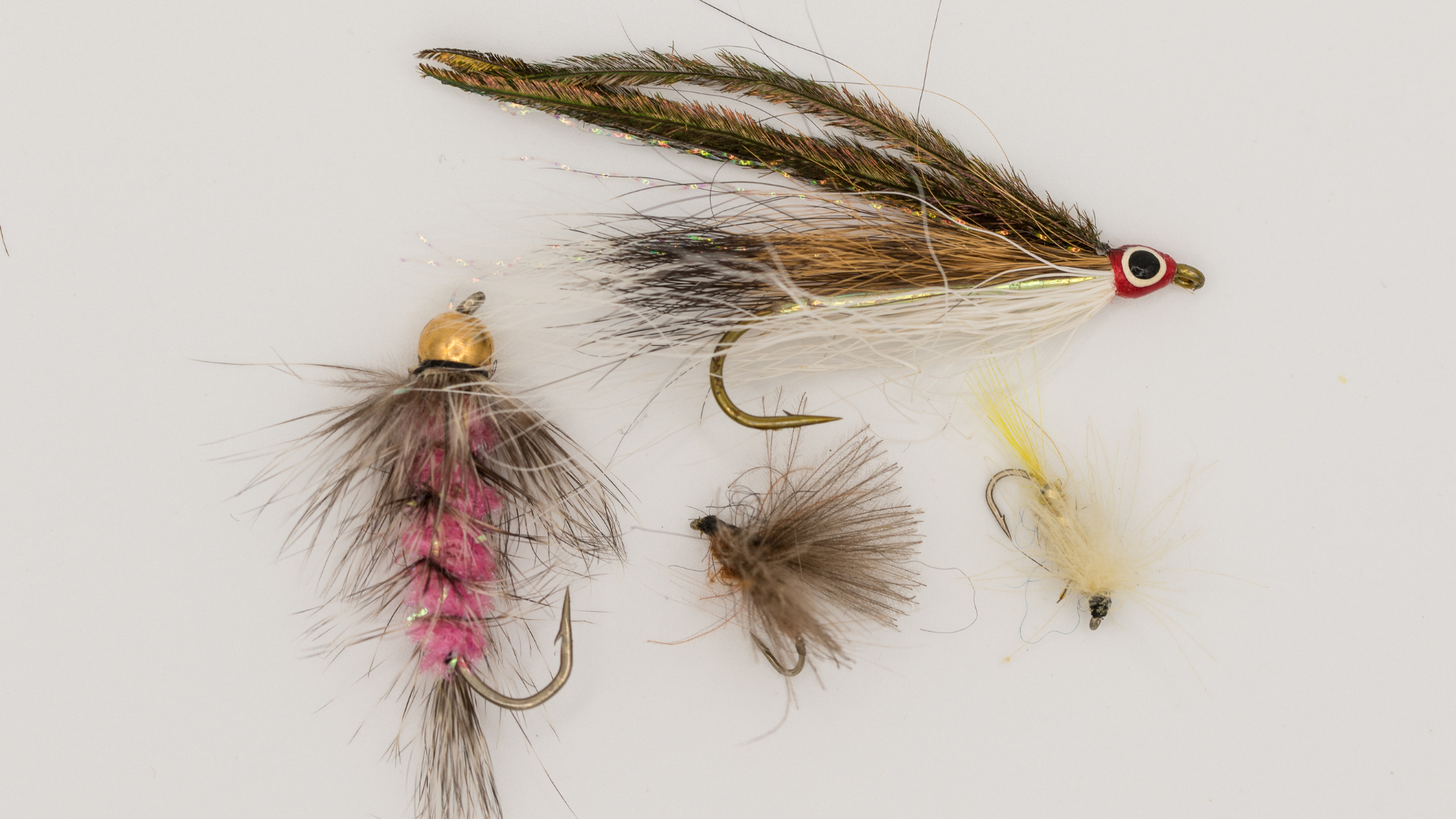Smith River - Philpott - Virginia
Fly Fishing River Report & Conditions
Smith River – Philpott - Water Flow Chart
Smith River – Philpott - Weather report & radar
Smith River – Philpott - General hatch chart
| Month | Hatch | Time of Day | Recommended Fly Sizes | Popular Fly Patterns |
|---|---|---|---|---|
| January | Midges, Black Stoneflies | All day | #20-#22, #14-#18 | Griffith’s Gnat, Black Stone |
| February | Blue Quills, Dark Hendrickson | Mid-day to afternoon | #16-#18, #14-#16 | Pheasant Tail Nymph, Red Quill |
| March | Blue Quills, Black Caddis, Early Browns | All day | #14-#18 | Blue Quill Dun, Black Elk Hair Caddis |
| April | Sulphurs, Caddis | All day | #14-#18 | Sulphur Dun, Olive Elk Hair Caddis |
| May | Sulphurs, Smallmouth Bass | All day | #14-#18, #2-#6 | Sulphur Dun, Murdich Minnow |
| June | Cahills, Terrestrials | All day | #12-#14, #10-#12 | Light Cahill, Dave’s Hopper |
| July | Terrestrials, Smallmouth Bass | All day | #10-#12, #2-#6 | Dave’s Hopper, Clouser Minnow |
| August | Terrestrials, Blue Winged Olives | Morning and evening | #18-#22, #20-#24 | Beetle, BWO |
| September | Blue Winged Olives | Morning and evening | #18-#22 | BWO |
| October | Brown Stoneflies, Blue Winged Olives | All day | #14-#18, #18-#22 | Pheasant Tail Nymph, BWO |
| November | Blue Winged Olives, Midges | All day | #18-#22, #20-#22 | BWO, Griffith’s Gnat |
| December | Midges, Black Stoneflies | All day | #20-#22, #14-#18 | Griffith’s Gnat, Black Stone |
Smith River – Philpott Access Points
The Smith River-Philpott offers a variety of quality access points for fly fishing:
- Philpott Dam: This serves as one of the best starting points. Great for catching trout, thanks to the consistent release of cold water from the dam.
- Lower Smith River: Accessible from the Smith River Sports Complex, this area offers great opportunities for fishing various species, including bass.
- Smith River Trail System: Offering access to the river’s edge via several trails, this is an ideal location for anglers who prefer variety.
- Bridge Street Access Point: This easily-accessible spot is located in the heart of town and offers a generous stretch of water to fly fish.
- Jones Creek: A tributary of the Smith River, this secluded spot is noted for its peaceful surroundings and is home to various species of trout.
Smith River – Philpott Fishing Spots
The Smith River – Philpott offers a variety of enthusiastic points for fly fishing enthusiasts. Notable spots include:
- Philpott Dam: The cool, clean water released from the dam makes it a perfect place to catch trout. They thrive in a cooler environment and are attracted by the ample food supply.
- Smith River Trophy Section: Located beneath Philpott Dam, this section of the river is regularly stocked with Rainbow and Brown Trout.
- Mirror Pond: This slow-moving, deep section of the river is perfect for catching large trout. The calmer water allows for an easy and straightforward cast.
- Below Martindale: A great spot for catching trout in the spring. The water is usually stocked downstream for approximately half a mile.
- Jones Creek: A smaller tributary stream that flows into the Smith River. It’s stocked with trout and is readily accessible from road parking areas.
Smith River – Philpott Local Fish Species
- Brook Trout (Salvelinus fontinalis): Known for their vibrant colorations, Brook Trout are a preferred target for fly fishing on the Smith River. They are often located in cooler parts of the river.
- Rainbow Trout (Oncorhynchus mykiss): A popular species for many anglers due to their fighting spirit, the Smith River supports a healthy population of Rainbow Trout.
- Brown Trout (Salmo trutta): Smith River provides excellent habitat for these aggressive feeders, and fly fishers often reel in large specimens.
- Smallmouth Bass (Micropterus dolomieu): These feisty fish are a delight for fly anglers during the warm summer months when they are most active.
- Largemouth Bass (Micropterus salmoides): Larger and more aggressive than their smallmouth counterparts, Largemouth Bass can make for an exciting day on the Smith River.
- Bluegill (Lepomis macrochirus): A small but scrappy fighter, the Bluegill is a common catch for fly fishers on the Smith River. They’re also excellent for beginners.
- Channel Catfish (Ictalurus punctatus): Attracted to a wide range of fly patterns, these bottom dwellers are known to put up a strong fight, making them a fun challenge for fly anglers.
- Redeye Bass (Micropterus coosae): As a member of the black bass family, the Redeye Bass is a worthy adversary for any fly fisher. They are known for their vibrant red eyes and ferocious strikes.
About the Smith River – Philpott
The Smith River gracefully twists and turns through picturesque landscapes and rich history within Henry County, Virginia. Initially utilized by the Native Americans, the river has its roots deeply nestled within this region’s past.
Known for fewer rapids and wide bountiful stretches of water, it served as a transportation route for the early settlers and a water source for many communities. Philpott Dam, constructed in the late 1940’s, added another intriguing chapter to this river’s story.
- In 1944, the U.S. Army Corps of Engineers constructed the dam to control flooding and produce hydroelectric power.
- It now holds back over 3,000-acre reservoir and has become an iconic landmark in the region.
- Philpott Lake offers recreational activities like boating, swimming, camping, and fishing.
Today, the serene flow of the Smith River beneath the towering Philpott Dam continues to fascinate and charm visitors, encapsulating Virginia’s zest for adventure and deep respect for nature.
Community Contributions
Be part of the fishing community!
No updates submitted for this river.



